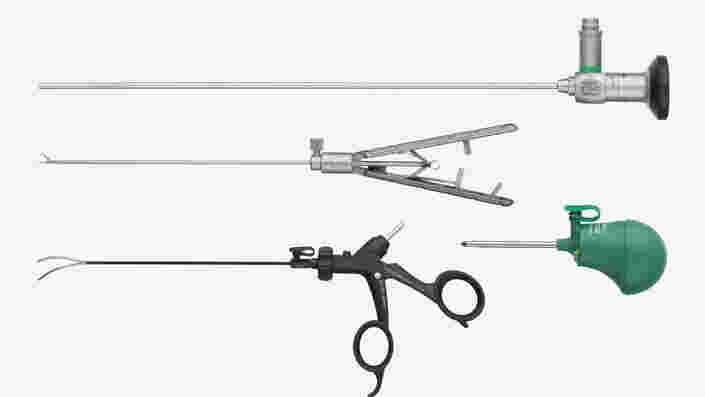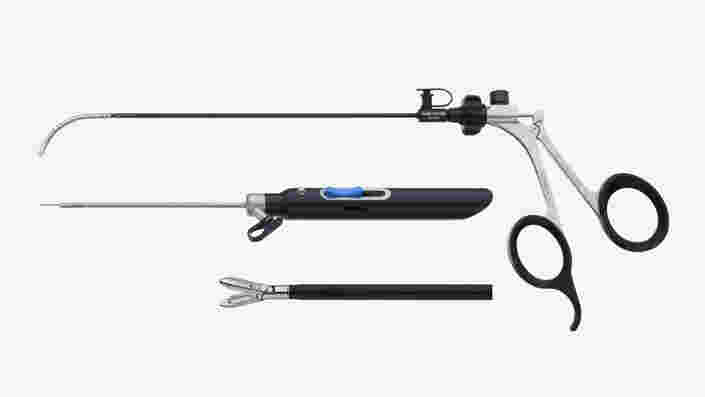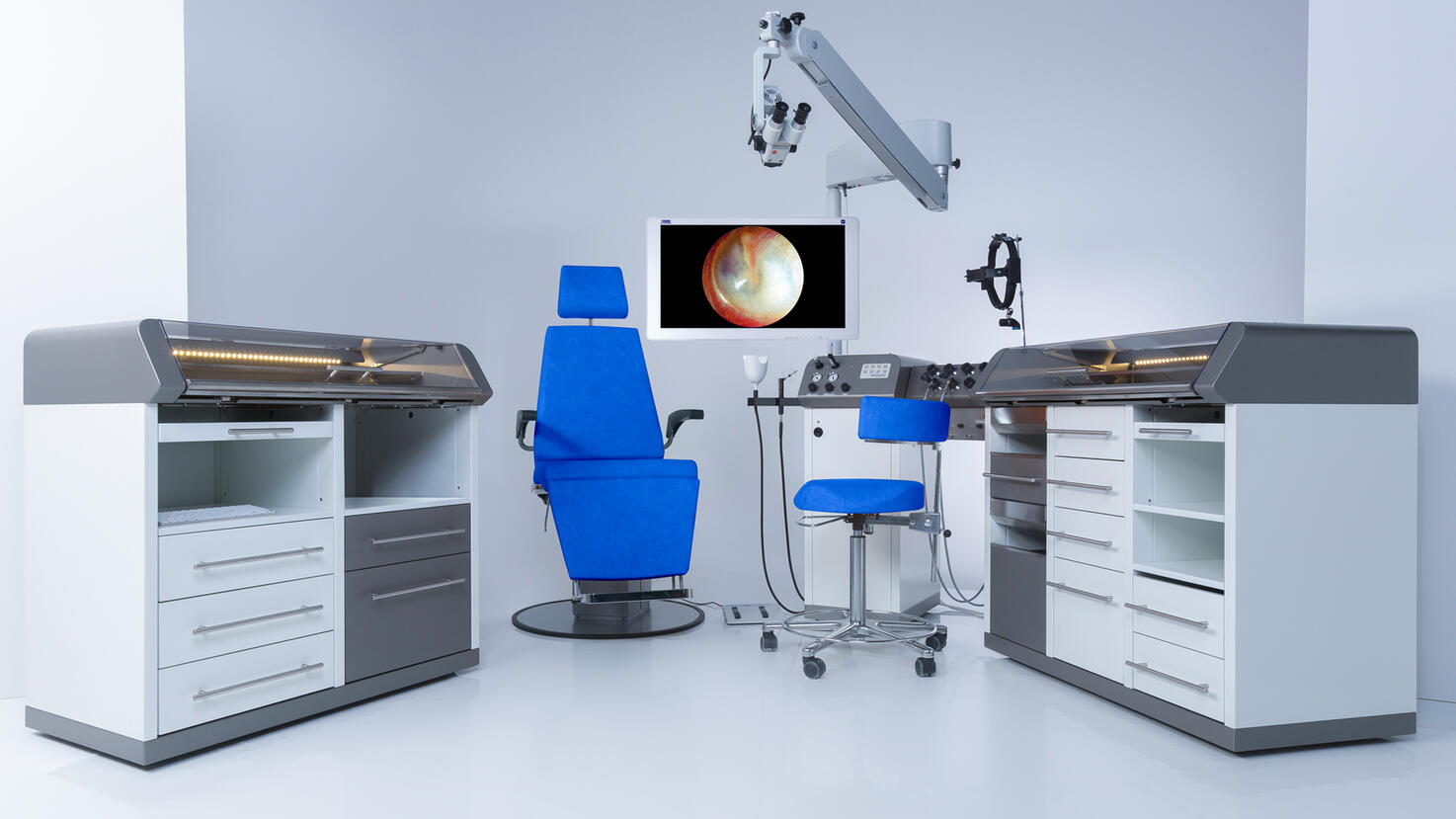BENEFITS
Convenient. Efficient. Innovative.
Products in the Spotlight
Highlights by Procedure
Laparoscopy
KARL STORZ is setting new standards in pediatric laparoscopy. Choose from a broad line of products for pediatric laparoscopy and experience the benefits for everyday work.
Everything you’ll need to get started

Advanced Set Up
Get started with the mandatory products you’ll need to perform minimally invasive pediatric surgery including key units, imaging, and visualization equipment.

Pediatric Laparoscopy
Start building your pediatric surgery solution with our basic set of recommended tools and equipment.

Instrument series for Pediatric Laparoscopic Surgery
KARL STORZ offers a complete instrument set for pyloromyotomy featuring instruments and a three-part dismantling CLICKLINE series for Pediatric Laparoscopic Surgery.
Highlights from our range
Proctology
We offer you a wide range of products in the field of pediatric proctology. Our portfolio includes several proctoscopes as well as the instrument set for the endoscopic treatment of pilonidal sinus disease in children.
Everything you’ll need to get started
Highlights from our range
Create state-of-the-art surgical spaces tailored to your needs

The future of operating room integration

Modular interiors for your practice
Empowering through education
CONTACT Get in touch with our specialist.
Our experts are constantly at work developing solutions that push the limits of pediatric surgery. If you cannot find what you’re looking for, please reach out to us using the link below or contact your local KARL STORZ agent.












